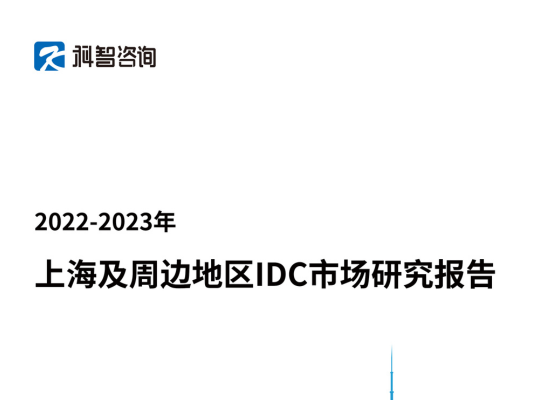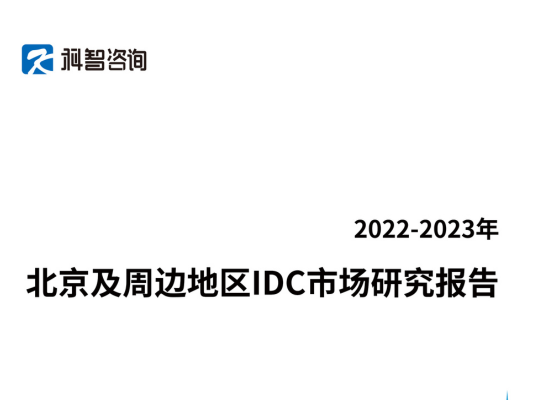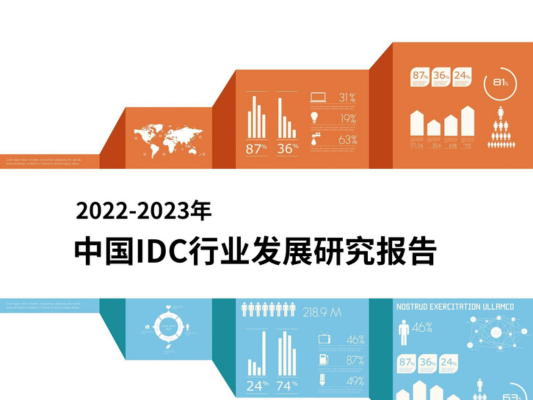KISTI-6 will be the country's 14th supercomputer.
HPE has been selected to build a South Korean supercomputer optimized for AI.
KISTI-6, named after the Korea Institute of Science and Technology Information (KISTI), is expected to reach a theoretical peak performance of 600 petaflops.
KISTI is already home to five other supercomputers.
HPE stated that the supercomputer would serve a “wide range of demanding data-intensive research projects and form the backbone of artificial intelligence and simulation research and development in Korea.”
Set to be the most powerful cluster in South Korea, HPE will provide its Cray Supercomputing EX400 system, along with its Slingshot Interconnect 400 for networking and its Cray Supercomputing Storage Systems E2000. The supercomputer will have two partitions split between Nvidia’s GH200 Superchips and AMD’s 5th generation Epyc CPUs.
A direct liquid cooling system will also be used.
KISTI is a government-funded research institute. It was formed in 2001 after a merger between the Korea Research & Development Information Center and the Korea Institute of Industry and Technology Information.
KISTI’s president, Sik Lee, said: “Our goal is to work with HPE, AMD, and Nvidia to cement Korea’s position as a leading country for supercomputing and sovereign AI innovation. We want to nurture experts in data utilization, high-performance computing, and AI technologies to help bolster our scientific and technological competitiveness.”
South Korea currently has 13 supercomputers. Other than KISTI, these belong to public and private organizations, like the Ministry of Science and ICT, the Gwangju Institute of Science and Technology, and SK Telecom.
HPE has built supercomputers for various other countries like Japan, Germany, and Poland.








